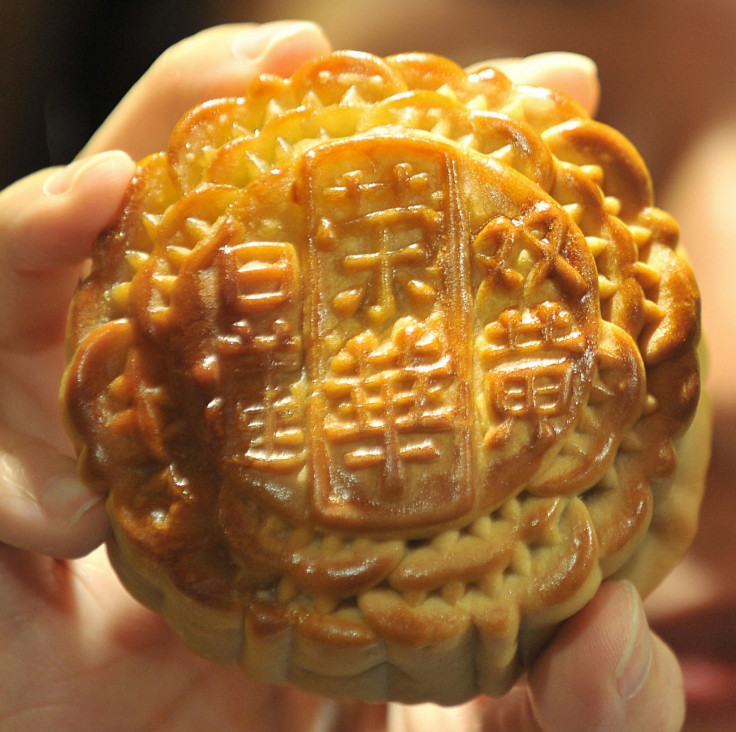Mid-Autumn Festival 2016: What is China's mooncake holiday all about?
The harvest festival will take place on 15 September this year.

Lanterns will be lit and traditional pastries will be exchanged today for the annual Mid-Autumn Festival, a harvest celebration that falls on the 15<sup>th day of the eighth month of the Chinese lunar calendar.
The festival, which this year falls on 15 September, is celebrated in China, Hong Kong, Singapore, Vietnam, Taiwan and neighbouring countries. It is the second most important festival after the Spring Festival and honours the full moon as a symbol of peace, prosperity and family reunion.
The celebration dates back more than 3,000 years to the Shang Dynasty (1600 to 1046 BC), when emperors worshipped the moon in the autumn because they thought it would lead to a bountiful harvest.
Mooncakes
One of the key elements of the festival is the exchange of Chinese pastries called mooncakes. Their round shape symbolises completeness and sharing the moon cakes signifies the unity of families.
A rich thick filling is usually made from red bean or lotus seed paste, but they can also contain fruit, chocolate or savoury foods. The Cantonese mooncake may contain a salted duck egg yolk (or two) and be covered with a pastry crust often baked with lard.

A popular Chinese folk tale about the festival involves the 14th-century overthrow of the Mongolian empire in China. According to folklore, ethnic Han rebels smuggled letters into moon cakes which instructed citizens to boycott their oppressive rulers.
Other foods traditionally eaten to mark the celebration include lotus roots, which symbolise peace, and watermelons cut in the shape of lotus petals.
In Vietnam, cakes and fruits are elaborately prepared as food displays and animals are created out of glutinous rice flour and rice paste.
Lanterns
The day is also celebrated by lighting and display lanterns. In Vietnam, children participate in parades with lanterns of various forms and colours, and one tradition is to write riddles on the lanterns and have others guess the answers. Some are painted with festive images like Chang'e, the Chinese goddess of the moon, and the Jade Rabbit, her companion.
© Copyright IBTimes 2025. All rights reserved.



















